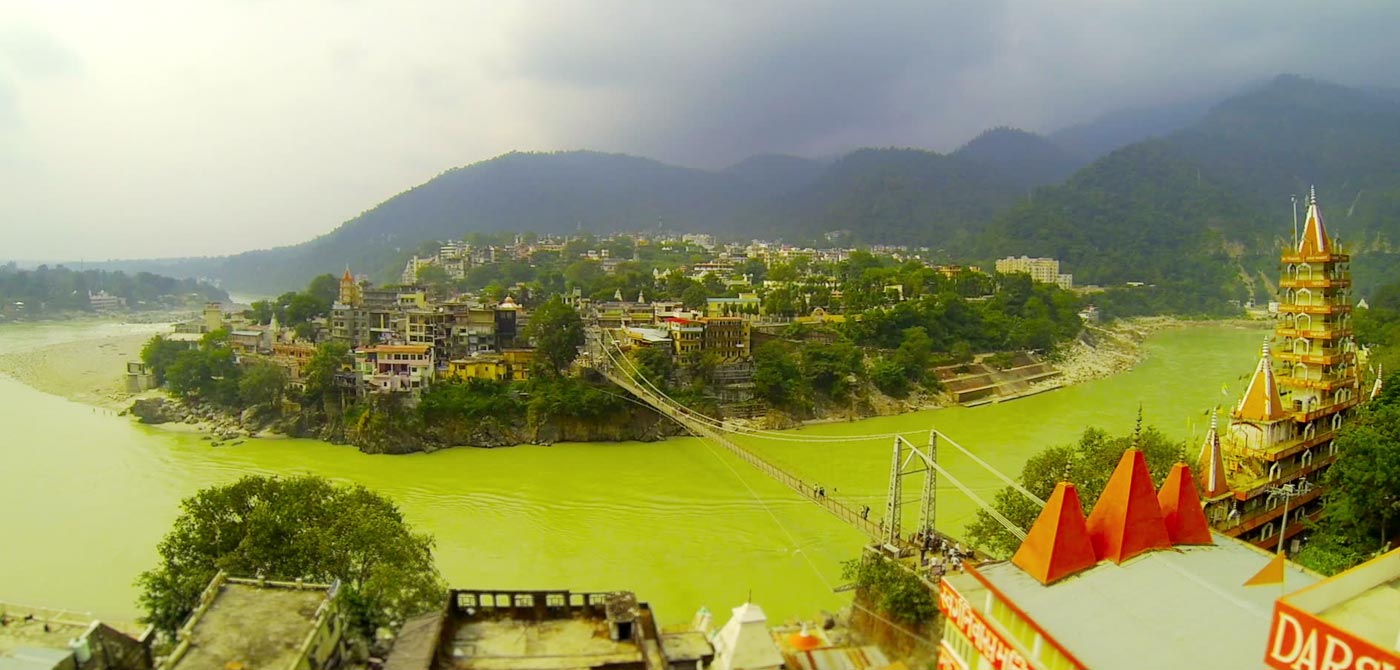Neelkanth Mahadev Temple
Neelkanth Mahadev Rishikesh Perched at a height of 1330 m, Neelkanth Mahadev Temple is the place where Lord Shiva placed a venom (called Halahala), which was originated from the sea (Samudra Manthan), in his neck. The venom is perhaps the reason behind the blue throat of Lord Shiva, thus giving him the name of Neelkanth. The sacred shrine is located between the highly impressive Manikoot, Brahmakoot and Vishnukoot Valley, at the confluence of two rivers Madhumati and Pankaja. Somewhere like its colorful exteriors, interiors are equally exquisite. Above the entrance door, one can see shikhara decorated with sculptures of gods and demons, depicting the story of Samudra Manthan.
The main sanctum of the temples is where a divine shivling (lingam) sits. The temple complex features a hot spring where devotees are seen taking a holy bath before visiting the temple. Also, there is a wish fulfilling banyan tree. Tourists who want to witness the fun and frolic side of the temple, one should visit here during the Maha Shivratri festival or Shravana, the fifth month of the Hindu calendar.
The temple is around 32 km from the Rishikesh and can be reached easily by bus or taxi. If tourists have some spare time, then they can visit a cave temple, which is 2 km uphill trek away from the main shrine.
History of Neelkanth Mahadev Temple
The sacred pilgrim spot of the Hindus and the revered holy shrine visited by thousands of pilgrims, the Neelkanth Mahadev temple is located on a hill above the Swarg Ashram in Haridwar. The temple is fondly dedicated to Lord Shiva who was considered the most convoluted and authoritative of all gods in the Hindu Pantheon. The construction and placement of the temple have a different story to tell. According to popular mythological stories, Lord Shiva drank the poison which appeared as a result of the churning of the ocean or the ‘Sagar Manthan’.
The premise of the temple is touted to be the same place where this incident occurred. When the Lord drank the poison, his throat became blue. This is the reason why the temple is also known as ‘Neelkanth” which means ‘Blue Throat’. The main temple has a Shiva Lingam and the aura surrounding the temple is ethereal and subtle. Devotees also get Prasad offerings from the temple along with Vibhuti and Chandan.
The temple also observes two fairs annually, one on the occasion of Shivratri and the other between July and August in the month of Shrawan. During this time, devotees consider it their privilege and good luck to be a part of the celebrations and Pooja.
 +91 9799050299
+91 9799050299 
